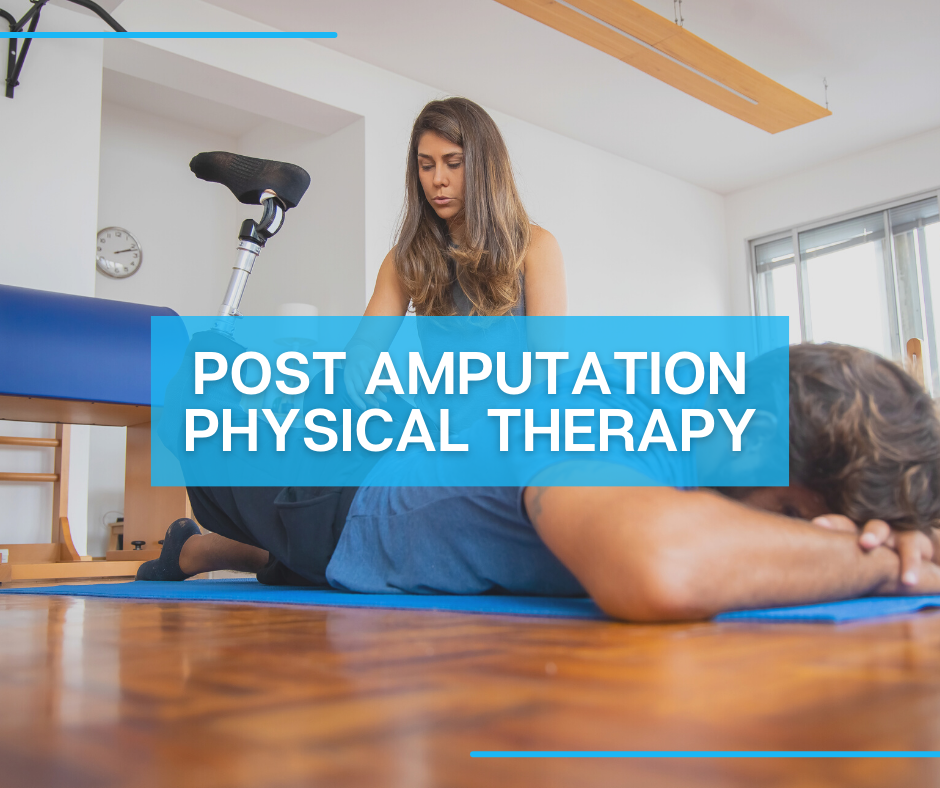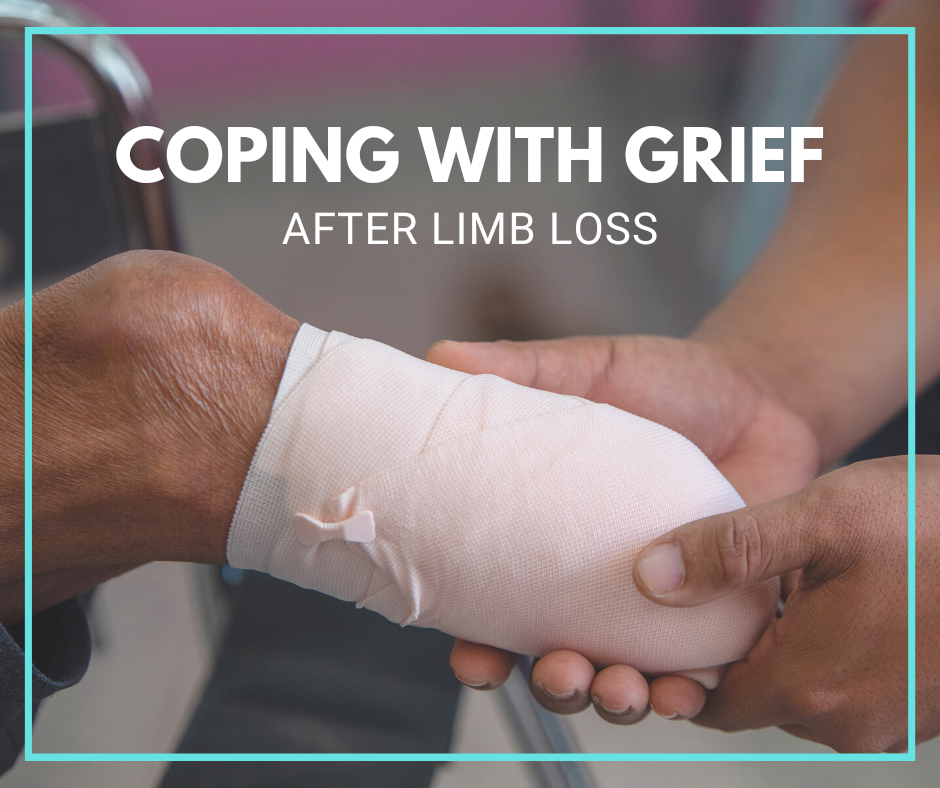

Traveling is an amazing experience that has the potential to transform your life. However, it is impossible to deny that planning a holiday trip can be quite stressful—especially for amputees. Fortunately, with prior research and some smart planning, you can minimize travel stress and enjoy your well-deserved vacation.
Keep reading to see AOD Prosthetics and Orthotics list of useful traveling tips and hacks for amputees so you can make the most out of your dream vacation.
Great Planning Leads to Great Trips
When traveling with a prosthesis, it is important to research and plan ahead for a smooth and enjoyable vacation. Your travel destination might not necessarily be as accessible (or inaccessible) as your hometown. So, find out as much as possible about the places you plan to visit before buying the ticket.
Look for accessible, amputee-friendly facilities near your destination. Call ahead to enquire about elevators, wheelchair accessibility, and other concerns you might have before choosing a hotel or visiting a tourist attraction. Thorough research will allow you to avoid frustration and disappointing situations.
There are several disability-friendly tourist destinations around the world. You can also avail the help of special needs travel agencies to organize the perfect trip. If you’re nervous about traveling for the first time post-amputation, choose American tourist destinations where the Americans with Disabilities Act is most likely to apply.
Try to find a disability-friendly hotel. When booking your hotel room, get as many details as possible—especially if you require a wheelchair-accessible room. Since elevators can sometimes shut down during emergencies, ask for a room that is on or close to the first floor. Finally, request to see the room before checking in to confirm that it is what you expected. You can also use apps like iAccessLife to find out how accessible the hotel was for other adaptive needs travelers.
Additionally, several online apps such as Flush and RoadTrippers can help take the stress out of traveling with a prosthesis.
Prepare for the Unexpected
Good planning doesn’t just end with choosing the right destination and finding amputee-friendly hotel accommodations and tourist spots. You need to have a plan in place for every scenario you can think of—even the worst-case ones.
Check Your Prosthetics Before Departure Day
Before departing on the trip, make sure that all the components of your prosthetic limbs are working as they should be. Examine them closely for cracks, tears in the liners, loose parts, and strange sounds. If you find any of these warning signs, get them fixed immediately so you can avoid the hassle of a broken or wobbly prosthetic limb while you’re out camping in the wilderness.
Pack Extras
You can always rely on secondary mobility aids if your prosthesis breaks. Duct tapes and super glue can help a lot when it comes to broken prosthetic limbs so make sure to always keep them handy.
Airlines can at times lose luggage. Make sure to add necessary spare parts in your carry-on bag to avoid running into trouble with your prosthesis. This includes:
● Extra Prosthetic Socks
● Small Tool Kit with Screwdriver and 4mm Allen Key
● Extra Socket Liner
● Donning Sleeves
● Shrinkers
● 4mm Allen Key
● Extra Sealing Sleeves
● Spare Prosthic Screws
● Chargers or Batteries
Bags containing medical devices are free of cost, so airlines can’t charge you extra for a bag carrying prosthetic parts or supplies. Remember, this exclusively applies to bags carrying only medical devices. Don’t forget to carry plastic bags to cover prosthetic limbs when near sand or water.
Save Important Phone Numbers
Before you leave for the trip, find and save the names and phone numbers of prosthetists and hospitals in the area where you’re vacationing. This way, you will know who to call and where to go if something happens to your prosthesis.
Smart Packing
You need to pack with the weather in mind. If you’re traveling to a warm and humid place, perspiration can cause abrasions on your stump. Remember to carry antiperspirant sprays and body powder to keep your stump dry.
On the other hand, if you have a prosthetic leg and are traveling to someplace cold, make sure you wear rubber-soled sneakers, winter boots, or cleats that fit your prosthesis comfortably. If you find the terrain difficult to navigate, don’t hesitate to use canes, walkers, and crutches.
Don’t forget to bring skin lotions and antibiotic ointments to protect your stump from sores. You also need to keep hygiene in mind. Use a cleanser to wipe your prosthesis’ sockets, liners, and suspensions sleeves to keep them free from dry sweat and bacteria. Talk to your doctor to ensure you find a cleanser that suits your prosthetic limbs’ material.
Research Baggage Rules
Though luggage policies vary from country to country, most airports allow you to check in medical bags at no extra cost. If you have a disability or medical condition, the TSA allows all prescription and over-the-counter medications, life-supporting devices, and mobility aids if declared. Medically necessary liquids, gels, and aerosols are also exempt from the 3-1-1 liquids rule. Inform your TSA office if you want your liquid medications opened or screened by X-ray. A declaration can be given verbally, in writing, or by a companion, caregiver, interpreter, or family member.
Some airlines may have weight restrictions on wheelchairs—make sure to check ahead for them. If you’re a wheelchair user, you may need to alert the airlines before departure day. This allows the staff to provide you with the level of assistance you require. Airport escorts are there to get you to the terminal on time, so don’t hesitate to take advantage of their services.
Navigating Airport Security—What to Expect
Airport security is usually the most disliked part of traveling for most people. The ion scanners and intrusive agents can make the experience even more daunting for people with prostheses. Planning and preparing in advance can help you get through the situation without any hitches.
Get to the airport as early as possible. It is better to get to your gate with time to spare than get delayed and miss your flight because of security delays.
First, know that you are under no obligation to remove your prosthetic limbs during your TSA screening. You just need to inform your TSA office beforehand that you have a prosthetic device. As part of the screening process, security officers may need to see and touch your prosthesis, cast, or support brace.
Your TSA officer will probably perform additional screening if your prosthesis sets off the metal detector alarm. They may also ask you to do a self pat-down of the area. Wear comfortable, loose clothing and slippers, so it is easy to show your prosthesis when required. Canes, wheelchairs, and crutches will be sent through the x-ray line and be swab tested for explosives.
You can ask for a private screening at any point during the screening of your prosthesis. You can also have a companion, assistant, or family member accompany you into the private screening area after they’ve been screened. You don’t have to display the belt holding your prosthetic limb in place if you don’t want to.
However, you are also free to refuse any offer of a private screening. The screening will still have to be conducted publicly if you want to cross the screening checkpoint. If you find it difficult to stand for the hand-held metal detector test, you can request to sit down after walking through the metal detector. Please notify the TSA officer of any assistance you may require during the security check.
In case the TSA officer questions your disability, it is advisable to carry a letter from your doctor confirming your need for a prosthesis.
Prioritize Your Comfort when Traveling
Ask for Wheelchair Assistance
Airports can be exhausting to navigate, even for non-disabled people. It can be even more exhausting as an amputee when you have to connect flights at a large airport. Don’t hesitate to ask for wheelchair assistance in this situation. Not only will it save you from the strenuous walk, but it will also get you to the front of the line at customs.
Request Bulkhead Seating
Talk to your flight attendant before boarding. This allows you to ask for bulkhead or aisle seating and inform them of any other assistance you may need. Bulkhead seating refers to the front row seats that face a wall. If they are not available, ask for an aisle seat close to the front of the plane.
Take Breaks from Sitting
Sitting for hours can cause the stump to swell, making it difficult to get your prosthetic limb on at the end of the flight. Standing up and walking down the aisle can help reduce the swelling. If you prefer taking off the prosthesis while flying, wear a prosthetic shrinker to control the swelling.
Consider Alternate Forms of Transportation
Sometimes traveling by train or bus can be preferable to flying. There are several alternative disability-friendly transportation options like Amtrak and the Greyhound Line.
Amidst all the planning and preparation, don’t forget the most important part of your vacation—having fun! Being an amputee shouldn’t stop you from living the life you want. At AOD Prosthetics and Orthotics, we offer a wide range of services to improve your quality of life. Contact us today to see how we can get the best prosthesis for you!
Treatment & Planning for Tomorrow
AOD Prosthetics & Orthotics combines the highest technology available with the best patient care. Bilingual mobile prosthetic service in San Antonio. Serving amputees and improving their quality of life.

All Rights Reserved | AOD Prosthetics & Orthotics | San Antonio, TX


